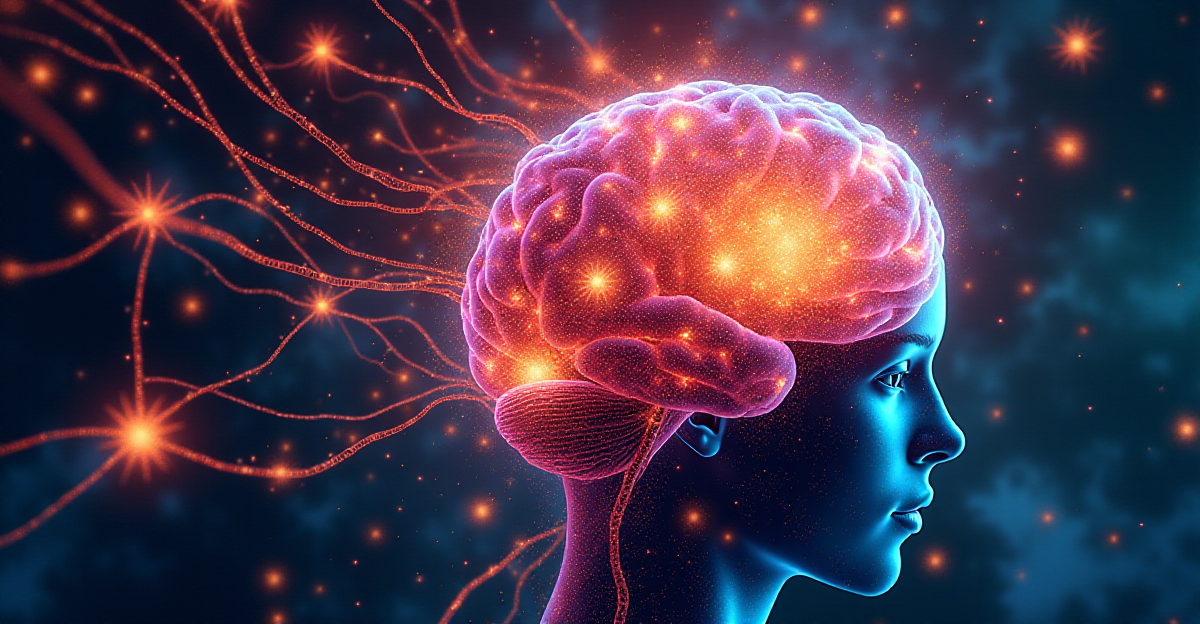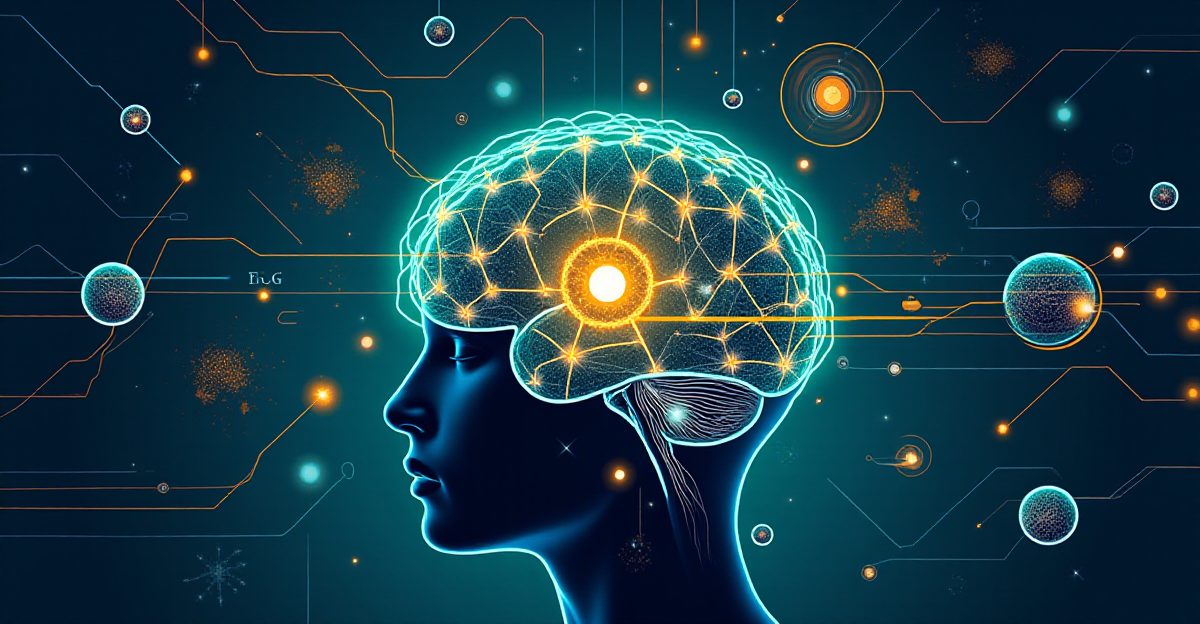Neuroscience research is exposing amazing new understanding of how our brains pick and interpret knowledge. These discoveries will be discussed in this paper together with how they are altering personal learning approaches and educational systems.
Table of Contents
- Neuroscience of Learning: How Our Brains Learn
- How the Brain Learns: Unveiling the Secrets of Cognitive Development
- How Neuroscience is Transforming the Future of Education
- Unlock Your Learning Potential: How Brain Science Can Transform How You Learn
Neuroscience of Learning: How Our Brains Learn

Have you ever given your brain’s learning process any thought? Unlocking our learning potential depends on our knowing of how our brains pick knowledge and skills. Examining the intricate operations of the brain, neuroscience of learning reveals how it stores knowledge, generates memories, and picks up fresh skills. Understanding these processes helps us to find better approaches for learning and enhancement of our cognitive capacity.
Exploring the Brain’s Learning Processes
Neuroscience of learning is the study of the interactions among several areas of the brain and their mutual creation of learning opportunities. It looks at how gaining different abilities—including motor skills, language acquisition, and problem-solving—impacts brain function. Learning anything, for instance, depends on the brain’s capacity for change. Memory is the brain’s encoding of data for subsequent recall. Whether by visual, aural, or kinesthetic techniques, learning styles are personal preferences for how best someone learns. Knowing these various learning styles enables teachers to customize their approaches to fit various students. While someone else might like to study by reading and noting, you might discover that listening to audio lectures helps you learn most.
Applying Neuroscience of Learning in Education
Neuroscience of learning’s revelations are revolutionizing schooling. Brain science is being included into classrooms by teachers in order to create more interesting and successful learning surroundings. Knowing how the brain learns helps teachers create plans to maximize cognitive growth. They design interesting classrooms that boost active involvement and enhance brain activity. To keep kids interested and involved, this could entail including group projects, hands-on activities, and interactive games. To encourage concentration and attention, teachers often aim to reduce distractions and offer precise directions. Spaced repetition—reviewing material at regular intervals to reinforce memories and boost long-term retention—is another tactic. For a test the night before, for instance, students might use spaced repetition—that is, review the content over several days or weeks—instead of cramming. This improves retention and comprehension.
I recall a personal event in which I observed ideas of neuroscience of learning used. To include her kids and aid in their learning, the kindergarten teacher for my daughter employed a range of hands-on exercises like singing songs and building with blocks. To keep the kids concentrated and inspired, she also included dance and music into her classes. Inspired by neuroscience of learning, this method made learning enjoyable and interesting for the students, therefore improving the learning environment for everybody. Key ideas in neuroscience of learning, active learning and several senses were intended to be stimulated by the activities.
We are continuously discovering the incredible ability of the human brain. Embracing these ideas from neuroscience of learning can help us to design even better and more successful learning environments for students of all stripes. Neuroscience of learning is about applying knowledge to enhance our learning processes and release our full potential, not only about knowing how our brains function.
How the Brain Learns: Unveiling the Secrets of Cognitive Development

How amazing it is how your brain absorbs fresh knowledge? Imagine learning to ride a bike or pick a new language; it is evidence of the amazing capacity of our brains. Though we take these skills for granted, behind-the-scenes a complicated symphony of neuroscience is playing. Brain science is transforming our attitude to education itself and allowing us to grasp the complex dynamics of learning.
Understanding How Our Brains Learn: A Journey Through Brain Science
Researchers are discovering more about the interactions among several brain areas to produce learning opportunities. A pillar of learning is neuroplasticity, the brain’s capacity for adaptation and change. Consider it: from basic chores like tying our shoes to complicated mathematics, we are always learning fresh knowledge and abilities. Memory is absolutely important since it stores data for later access and codes it. Learning strategies are like instruments to enable more efficient navigation of the learning process.
Brain Science in the Classroom: Shaping Education for the Future
Brain science is transforming education, and your own classrooms may have witnessed its influence. Drawn from neuroscience, learning strategies are being used by teachers to produce more interesting and successful classroom settings. To enable students comprehend content more quickly, they employ chunking, for example, breaking down big bits of knowledge into smaller, more doable portions. Another type of learning strategies grounded in brain science are mnemonics, memory aids using acronyms or rhymes. These strategies enable pupils to more readily recall material. Consider how much simpler it is to recall the planetary order using the term “My Very Educated Mother Just Served Us Nine Pizzas.”
You may have seen teachers teaching science or math ideas via interactive games. Active learning, hands-on exercises, and interactive games, according to brain science, foster involvement and a deeper knowledge. In order to improve long-term recall, teachers also employ spaced repetition, going over content on scheduled intervals. Consider a student getting ready for a historical test. Rather than stuffing all the material the night before, they can go over important ideas over several weeks using spaced repetition. This helps individuals avoid the stress of last-minute studying and more successfully remember material.
How Neuroscience is Transforming the Future of Education

Imagine a classroom in which every pupil finds challenge, involvement, and inspiration to study. This is not only a fantasy; owing to neuroscience, a discipline transforming our knowledge of learning, it is becoming a reality. Examining the complex processes of the brain helps us to find fresh approaches to enhance learning strategies and build a better future for every student.
Understanding the Power of Neuroscience
Neuroscience is about applying knowledge to improve the learning process, not only about knowing how our brains work. Insights from cognitive science and educational neuroscience are being embraced by teachers more and more to furnish more efficient and interesting classrooms. This calls for adopting individualized learning strategies instead of one-size-fits-all instruction. Every learner picks knowledge differently and has different strengths and weaknesses. Understanding the particular cognitive development of every student helps teachers to customize their instruction to fit their needs, therefore producing a quite customized learning environment.
Classrooms all throughout the world are already beginning to show this move toward customized learning. Consider a pupil has difficulty grasping arithmetic ideas. Personalized learning courses that break out the content in a logical manner for them could be presented to them. Alternatively take a student who excels in group settings. On a project-based learning activity like creating a model of the solar system, where every student offers their particular abilities and interests, they could be given the chance to work with peers. These are only a handful of the ways neuroscience is enabling educators to design more successful and interesting classroom environments for every student.
Neuroscience offers insightful analysis of how humans learn, therefore revolutionizing education. Understanding the workings of the brain helps us to create learning environments that fit each student’s needs and inspire a passion of learning in every one of them. From what vantage point do you see education’s future?
Unlock Your Learning Potential: How Brain Science Can Transform How You Learn

Have you ever been annoyed learning something new? Perhaps you have trouble remembering facts for a test or have found yourself unable to pick up a new ability. I am aware of this. But supposing I told you there was a technique to release your learning potential and make studying more fun and efficient? Brain science provides amazing new perspectives on how our brains function and how we could best learn strategies for success.
Learning Strategies Based on Brain Science
Our brains are quite flexible, a surprising capacity sometimes referred to as neuroplasticity. This implies that every time we push ourselves with fresh knowledge or experiences, we build new brain paths and reinforce already existing ones. For cognitive development, thus, pushing outside your comfort zone and facing challenges is absolutely vital. Furthermore crucial for good learning is our capacity for attention and concentration. Our cognitive efforts can be readily diverted by distractions, hence a good learning environment is quite important. Meditating and deep breathing techniques could help you calm your thoughts and concentrate on the present work.
Optimizing Your Learning Process
Chunking—that is, breaking down difficult material into smaller, doable chunks—allows you to make learning more efficient. This approach seems to help me more successfully absorb and remember material. For my history tests, for instance, I divide every chapter into little pieces and concentrate on one at a time. Still another important idea is spaced repetition. This entails routinely going over content, say every day or every week. Reviewing material helps you enhance the neural connections linked with that knowledge, so facilitating later recall. When learning new words, I utilize flashcards to aid with spaced repetition. Moreover vital for good learning is active learning. Participate actively with the material rather than merely listening to lectures. Notes, questions, class or colleague discussions of ideas, and attempts to apply what you are learning to practical situations all help you grow. Active participation sharpens memory recall and helps one to understand.
Finding Your Ideal Learning Approach
Everybody prefers and uses different learning styles. Although I used to struggle with arithmetic, I came to see that I learn best visually. That insight then led me to begin visualizing mathematical ideas using diagrams and charts, and it changed everything! I also tried several learning strategies including visual aids, group discussions, hands-on exercises, and aural lectures. For me, including a combination of several strategies made studying more interesting and successful. One specific method—visual aids, aural lectures, hands-on exercises, or group discussions—may be the perfect one for you.
Applying Learning Strategies to Everyday Life
Whether you’re learning a new instrument, trying to pick up a new language, or getting ready for tests, the ideas of brain science can help you in many spheres of your life. Using chunking and spaced repetition, for instance, helped me ace my biology tests. These techniques are quite adaptable. I attempt to actively interact with a new language by interacting with native speakers, watching movies or shows, or even cooking a meal from a recipe in that tongue. This immersion aids in my better learning and internalizing of the language.
Recall that learning never stops. Applying these ideas to your learning strategies can improve your capacity to pick up fresh knowledge and optimize your possibilities.











